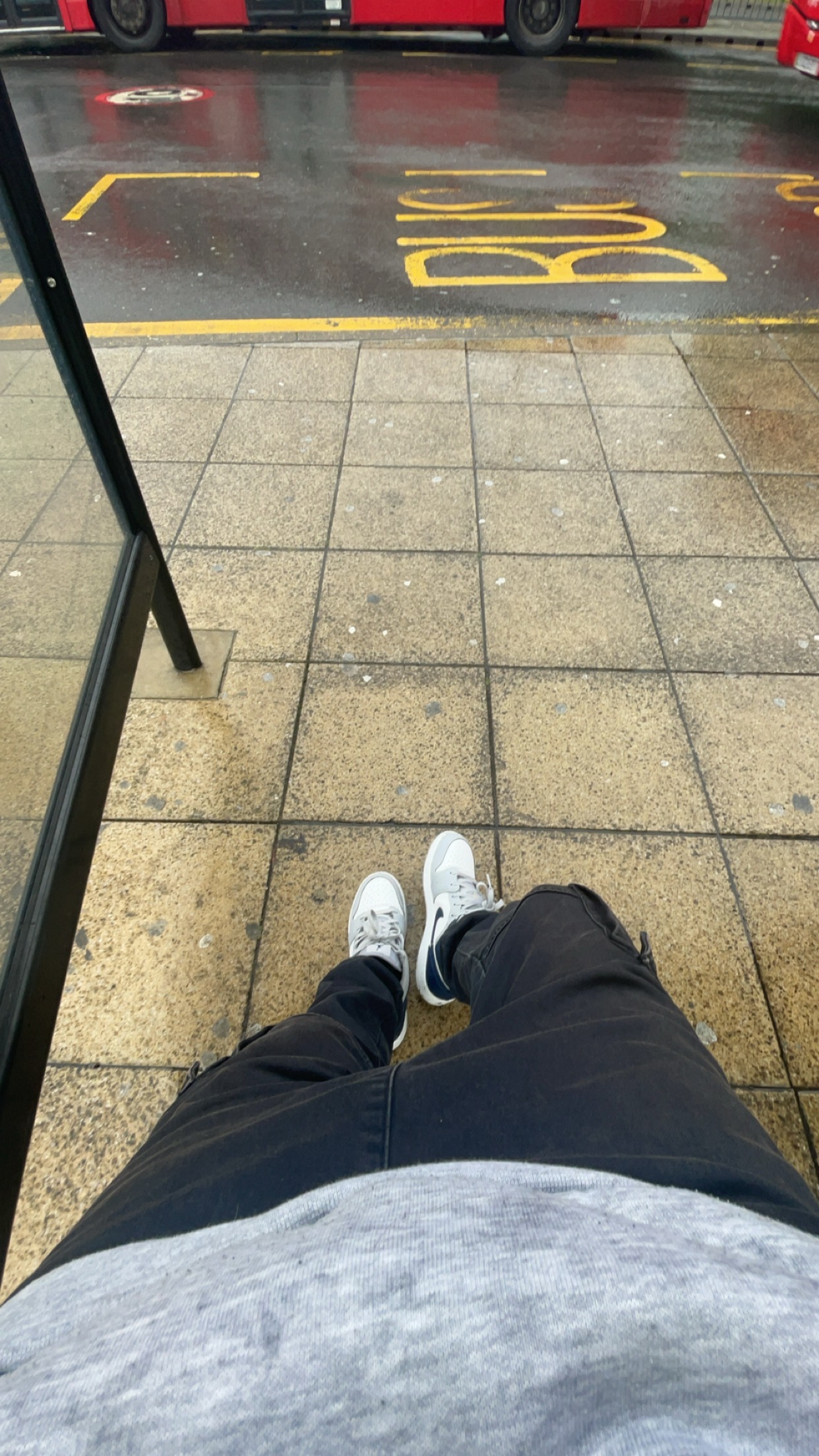Science chemistry
Cards (170)
- The periodic table is organised into groups (columns) and periods (rows).
- Elements are arranged by increasing atomic number.
- Elements are arranged by increasing atomic number.
- Groups contain elements with similar properties, while periods have the same number of energy levels.
- Groups contain elements with similar properties, while periods have the same number of energy levels.
- Metals are found on the left side of the periodic table, while non-metals are located on the right side.
- Groups contain elements with similar properties, while periods contain elements that have the same number of electron shells.
- Groups contain elements with similar properties, while periods contain elements that have the same number of electron shells.
- Metals tend to be found on the left-hand side of the periodic table, while nonmetals are located towards the right-hand side.
- Metals tend to be found on the left-hand side of the periodic table, while nonmetals are located towards the right-hand side.
- Nonmetal atoms can gain electrons to form negative ions or lose electrons to form positive ions.
- Nonmetal atoms can gain electrons to form negative ions or lose electrons to form positive ions.
- Periodic trends refer to patterns or regularities observed within the periodic table.
- Periodic trends refer to patterns or regularities observed within the periodic table.
- Ions can be represented using symbols such as Na+ (sodium ion) and Cl- (chloride ion).
- Elements within a group (column) share similar chemical properties due to their valence electrons occupying the same orbital.
- Elements within a group (column) have similar chemical properties due to their similar electronic structures.
- The reactivity series is used to determine which metals will displace other metals from their compounds when they react together.
- Atoms can gain or lose electrons to form positive or negative ions.
- The atomic radius decreases across a period due to an increase in nuclear charge attracting the outermost electrons more strongly.
- Ions are charged particles formed when atoms gain or lose electrons.
- The atomic radius decreases as we move down a group (column) due to an increase in nuclear charge attracting the outermost electron closer to the nucleus.
- The reactivity series is used to determine which metals will displace other metals from their compounds when they are placed into an acid solution.
- The periodic table is organized based on atomic structure, specifically the arrangement of electrons around an atom's nucleus.
- Atomic radius increases down a group as there is an increasing number of energy levels (shells) containing electrons.
- Periodic trends refer to patterns observed when comparing elements across rows or columns of the periodic table.
- Elements within a period (row) have different chemical properties because they have different numbers of electron shells.
- Ionization enthalpy refers to the amount of energy required to remove one mole of gaseous atoms from their ground state and convert them into 1 mole of gaseous ions.
- Atomic mass is calculated by adding up the number of protons and neutrons present in the atom's nucleus.
- Ionic bonding occurs between metal and nonmetal atoms, resulting in the transfer of one or more electrons from the metal atom to the nonmetal atom.
- The atomic number is the number of protons present in an atom's nucleus.
- The number of protons determines an element's identity, while the number of neutrons does not affect it.
- Atomic mass refers to the average mass of all naturally occurring isotopes of an element.
- Atomic mass refers to the average mass of all naturally occurring isotopes of an element.
- Atoms with different numbers of neutrons are called isotopes.
- Atoms with different numbers of neutrons are called isotopes.
- Isotopes have the same atomic number but different mass numbers.
- Isotopes have different numbers of neutrons but the same number of protons.
- Isotopes have the same atomic number but different mass numbers.
- Atoms are made up of three subatomic particles - protons, neutrons, and electrons.
